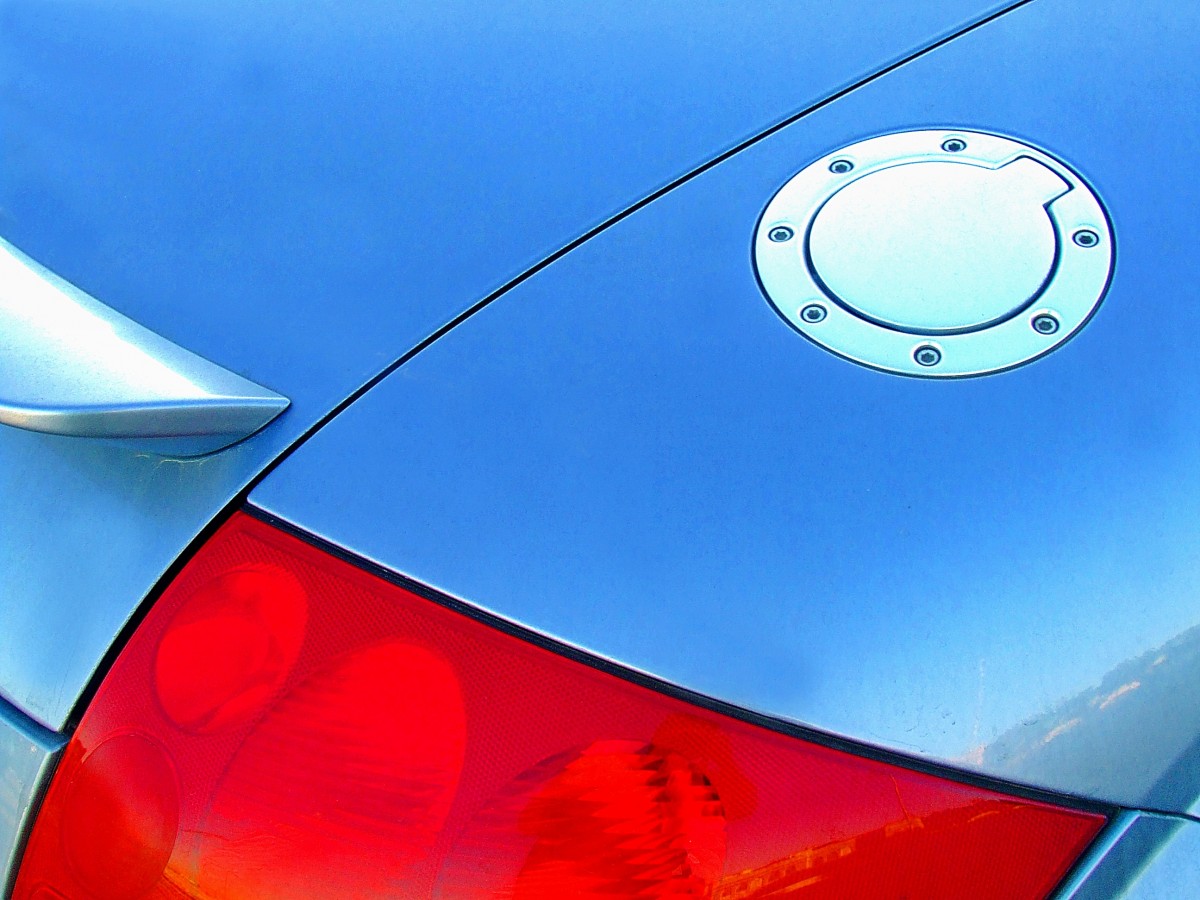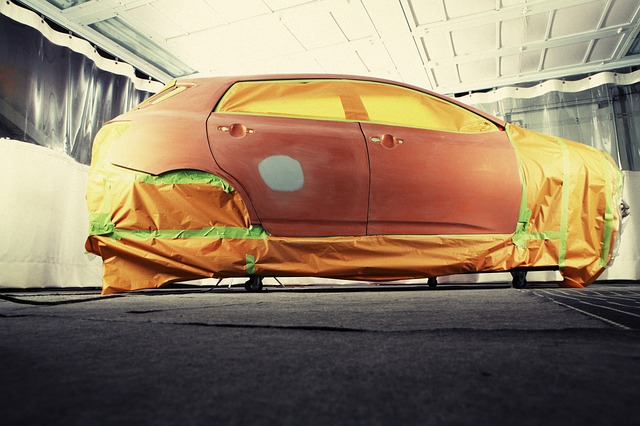You can use a body primer with many advantages to restoring your vehicle. In this post, we look at this essential product, the different types of primer and their characteristics, the criteria for choosing one, and how to use it.
Bodywork primer: definition
Primer is a product that is applied to bodywork components. It is intended to prepare the surface to be painted. The function of bodywork primer is to increase the adhesion of the paint considerably. In addition, it has the following advantages
– It ensures a perfect finish;
– It has a high covering power;
– it dries quickly.
Good to know: body filler is suitable for all types of car paint.
Body filler: types and characteristics
There are several types of body primers designed for specific uses:
– Anti-corrosion primer: its role is to cover the bodywork area to be painted with a protective anti-rust film while preparing it for paint adhesion.
The finishing primer offers a perfect adhesion of the paint on any sheet metal support and the putty. It guarantees an impeccable result.
– Putty primer: this is a paste designed to be applied to surfaces with unevenness.
– Filler primer: This is a thick paste to be used in case of deformations of the bodywork to obtain a smooth surface after application.
– Plastic primer: This product is applied to all plastic parts of the bodywork, such as the bumper, the mirror shell and the protective strips. It has the particularity of fixing the paint better on this material.
Good to know: the primer is essential to prevent the paint from cracking or peeling over time.
Bodywork primer: which one to choose?

Body primer is available in various colours, depending on the desired result. This range includes:
– Grey and beige body primer: it has a neutral appearance. It has no visual impact on the colour of the paint to be applied afterwards.
– White body filler: This gives a promising result on brightly coloured paints, especially red.
– Black body primer: this is specially designed to give a natural shine to black paint.
Good to know: the choice of primer depends on the colour of the car paint and the surface (sheet metal or plastic).
Bodywork primer: use
The use of a spray gun is essential for applying bodywork primer. However, ready-to-use sprays are convenient if you do not have a spray gun.
Before applying the primer, it is necessary to
– sand the areas to be treated to remove any roughness and to obtain a perfectly smooth surface;
Protect the bodywork areas near the part to be treated and the vehicle’s glass parts. To do this, tape or masking paper is used.
The body filler is then applied by spraying. You must maintain a 20 to 30 cm distance between the vehicle and the sprayer.
Finally, the product must be allowed to dry, taking into account the instructions printed in clear text on the packaging by the supplier. You can then paint the area over.
Good to know: it is strongly recommended to carry out the operations in a dry and ventilated room to facilitate the work and the drying of the bodywork primer. It is also advisable not to smoke during work.
Read more:
– Tips on How to Select the Best Panel Beater;
– You’ve Been in an Accident, and You are Not at Fault;
– How to Fix Your Car Body Scratch;
– What is Paintless Dent Removal;
– How to Apply Plastic Bumper Paint?
– Auto Body: The Chassis and Its Repairs;

